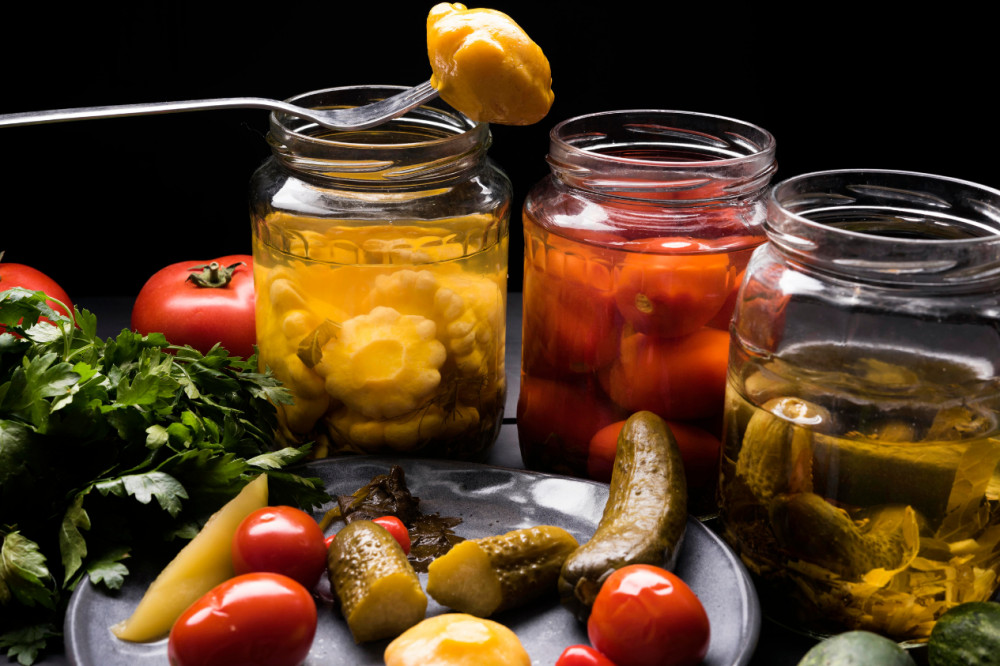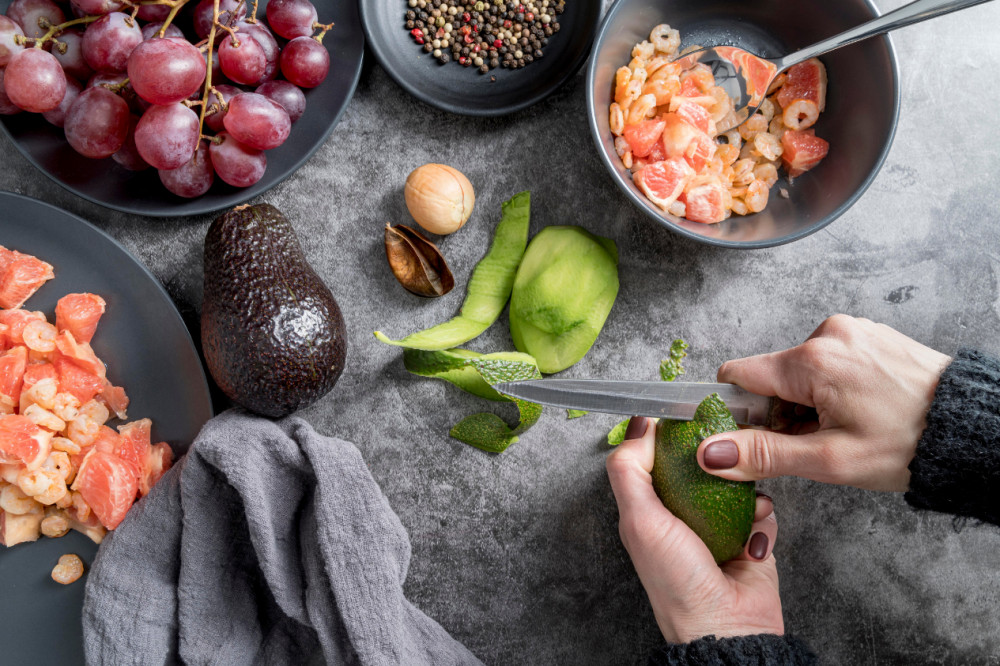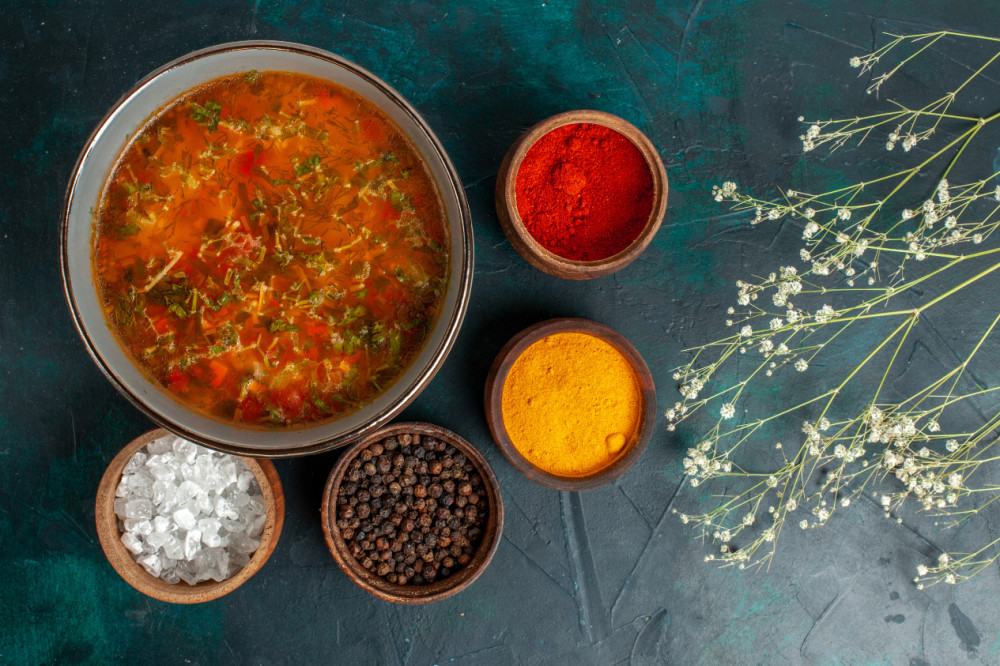
Why is Calcium Important for Children?

Why is Calcium Important for Children?
Nutrients are essential for children to turn into healthy adults. Calcium is a mineral that is necessary for a child’s growth and development. It is the building block for strong bones and teeth. Infants and young children are prone to developing rickets if they do not have a sufficient amount of calcium and vitamin D in their diet. Rickets is a bone-weakening disease that can lead to bowed legs, bone pain or intellectual disability.
Calcium is important for sending signals through the nerves and releasing hormones. I think it’s quite a revelation for all of us here that calcium releases a hormone. Our parathyroid glands release a hormone called parathyroid hormone (PTH) which instructs our bones to release calcium into the blood stream. PTH also helps to activate vitamin D, which increases intestinal calcium absorption. The body takes calcium from the bones if there is not enough calcium intake to make nerves and muscles function properly.
Why do children require calcium?
During childhood and adolescence, bone growth is most active. These years lay a foundation of healthy bones later in life during the stage of early adulthood. 90% of people reach their maximum bone mass by the age of 18 in girls and 20 in boys. At these ages, the bone density has obtained maximum strength and density, making it crucial to accumulate calcium from infancy.
Sources of calcium:
1. Milk:
Milk is a prominent source of calcium that we start taking during infancy. Infants should get breast milk or infant formula as a major source to get calcium because the cow’s milk doesn’t provide the nutrients a child needs. Kids of 2 to 3 years should drink 2 cups of milk per day, 2 ½ cups of milk a day for children of 4 to 8 years. Kids who are around 9 years should have 3 cups of milk everyday.
2. Seeds:
Seeds of poppy, sesame, celery and chia are a powerhouse of calcium. For example, 1 tbsp of poppy seeds contain 126 mg of calcium.
3. Cheese:
Cheese is one such food which is loved by almost all children. Parmesan cheese has the most amount of calcium. Our body absorbs calcium from dairy products more than any plant-based sources.
4. Yoghurt:
Children wouldn’t make a fuss about eating yoghurt as it tastes delicious. Apart from being high in calcium, yoghurt works as a probiotic as well. So it’s a win-win situation for both parents and children.
5. Almonds:
Almonds are the highest source of calcium among all the nuts. They also provide fibre, healthy fats and protein.
6. Amaranth:
This pseudocereal is highly nutritious and contains iron, phosphorus, magnesium and manganese along with calcium. Amaranth leaves contain more calcium than cooked amaranth grain.
Lactose Intolerance in children:
Lactose intolerance is the inability to digest lactose (sugar) in dairy products. It is often caused by the deficiency of an enzyme called lactase. The symptoms of lactose intolerance include abdominal cramps, bloating and diarrhoea.
Low lactose or lactose-free products are available in the market for lactose-intolerant people. Some dairy products like hard, aged cheese and yoghurt which have active cultures are low in lactose.
If an infant is lactose intolerant, then they need to switch to soy-based milk or hypoallergenic formula. Older children with milk allergies or lactose intolerance can consume milk alternatives like calcium-enriched soy or rice milk or vegan products.
Vegetarian diet:
Children following a vegetarian diet can include dark green leafy vegetables, chickpeas, broccoli, orange juice and soy drinks to get a good amount of calcium.
Calcium-rich recipes for children:
All parents can agree that their child can drive a saint up the wall when it comes to making them eat healthy food. Here are some calcium-rich recipes that your child will love and finish till the last morsel.

1. Chocolate Almond Milk:
No child will say no to chocolate and it’s given that every child will devour this delicacy.
Ingredients:
2 tsp unsweetened cocoa powder
20 almonds
1 tbsp finely chopped dates
¼ tsp vanilla essence
1 small cinnamon stick
A pinch of salt
Method:
1. Combine all the ingredients along with ¾ cup of cold water and blend it in a mixer.
2. Blend the mixture till smooth.

2. Cheese Omelette:
Cheese and egg both are good sources of calcium. An omelette can be made with different variations and are preferred by children.
Ingredients:
2 eggs
¼ cup onion, bell pepper (if your child likes it)
A pinch of salt
Chopped coriander leaves
1 ¼ tsp oil
¼ cup cheese (cheddar or mozzarella)
2 pinches red chilli powder
1 pinch turmeric powder
Method:
1. Whisk eggs in a bowl.
2. Heat a pan with oil, add onions and other vegetables when the pan has heated. Saute for one minute on high flame.
3. Add chilli & turmeric powder and spread the mixture.
4. Reduce the flame to medium and pour the eggs.
5. Allow the eggs to cook on one side and flip to cook on the other side.
6. Add the grated cheese when the omelette is cooked.
7. Fold it in half and cook on a low flame until the cheese melts.
8. Serve the omelette with bread or chapati.
It’s necessary to ensure that your child follows a wholesome diet and eats foods that are good sources of calcium and promotes the absorption of calcium. It’s best to consult a healthcare professional to cater to your child’s dietary needs.
Related Blogs

Fusion Thanksgiving: India-Inspired Global Feast
36 Views

Food Offerings and Festive Plates of Kartik Purnima
130 Views

The Science of Ferment: Easy Homemade Fermented Foods
100 Views

Zero-Waste Cooking: 7 Dishes That Use Every Bit
103 Views

Warm Spices, Cold Valleys: Comfort Food from Kashmir
140 Views